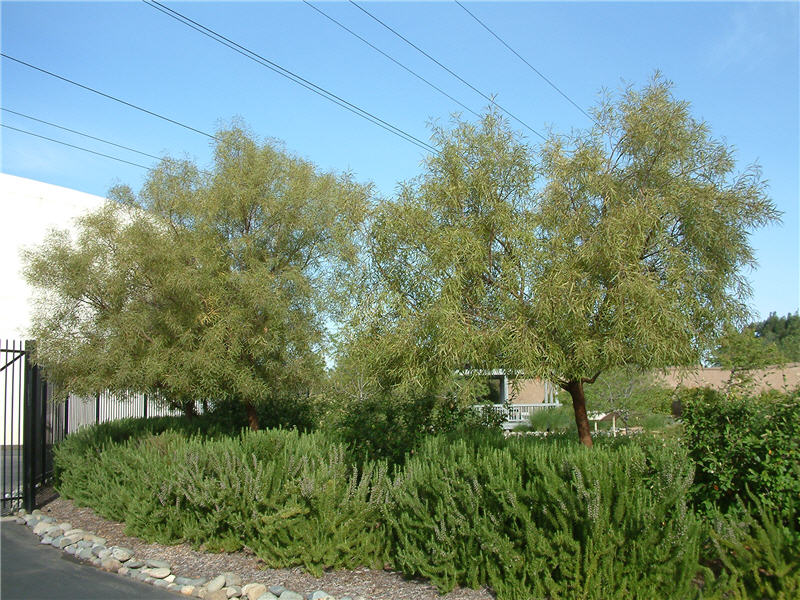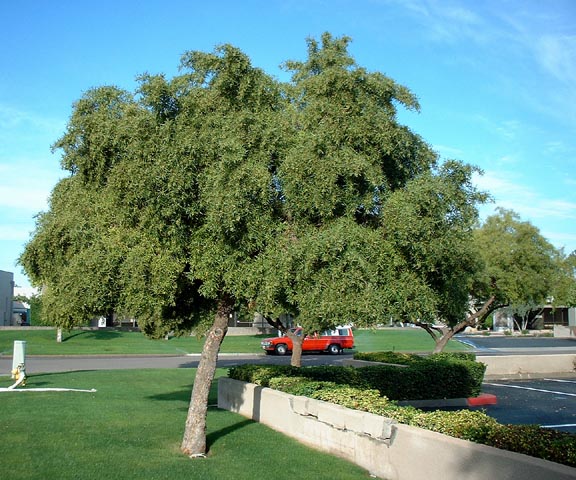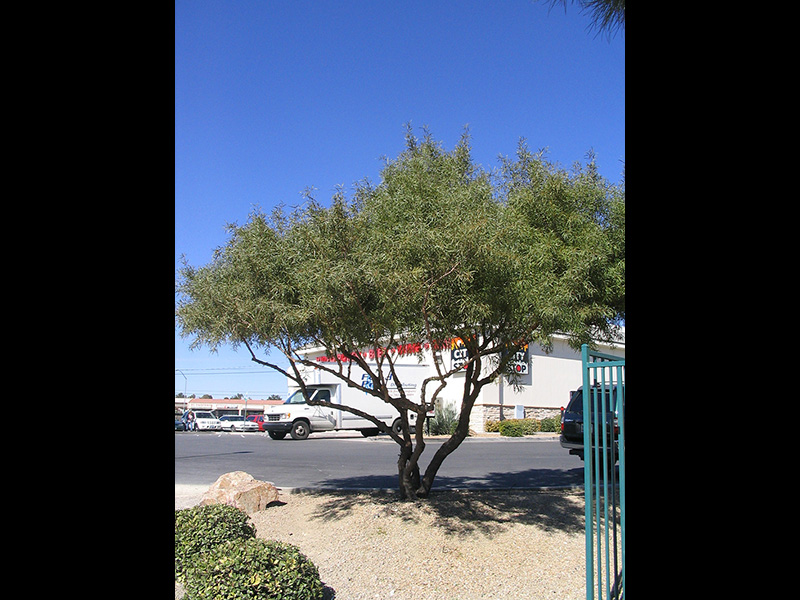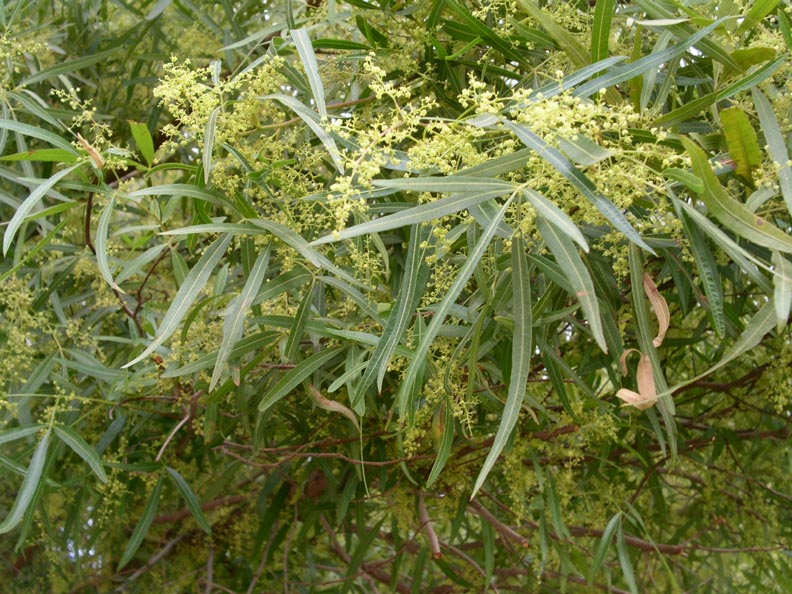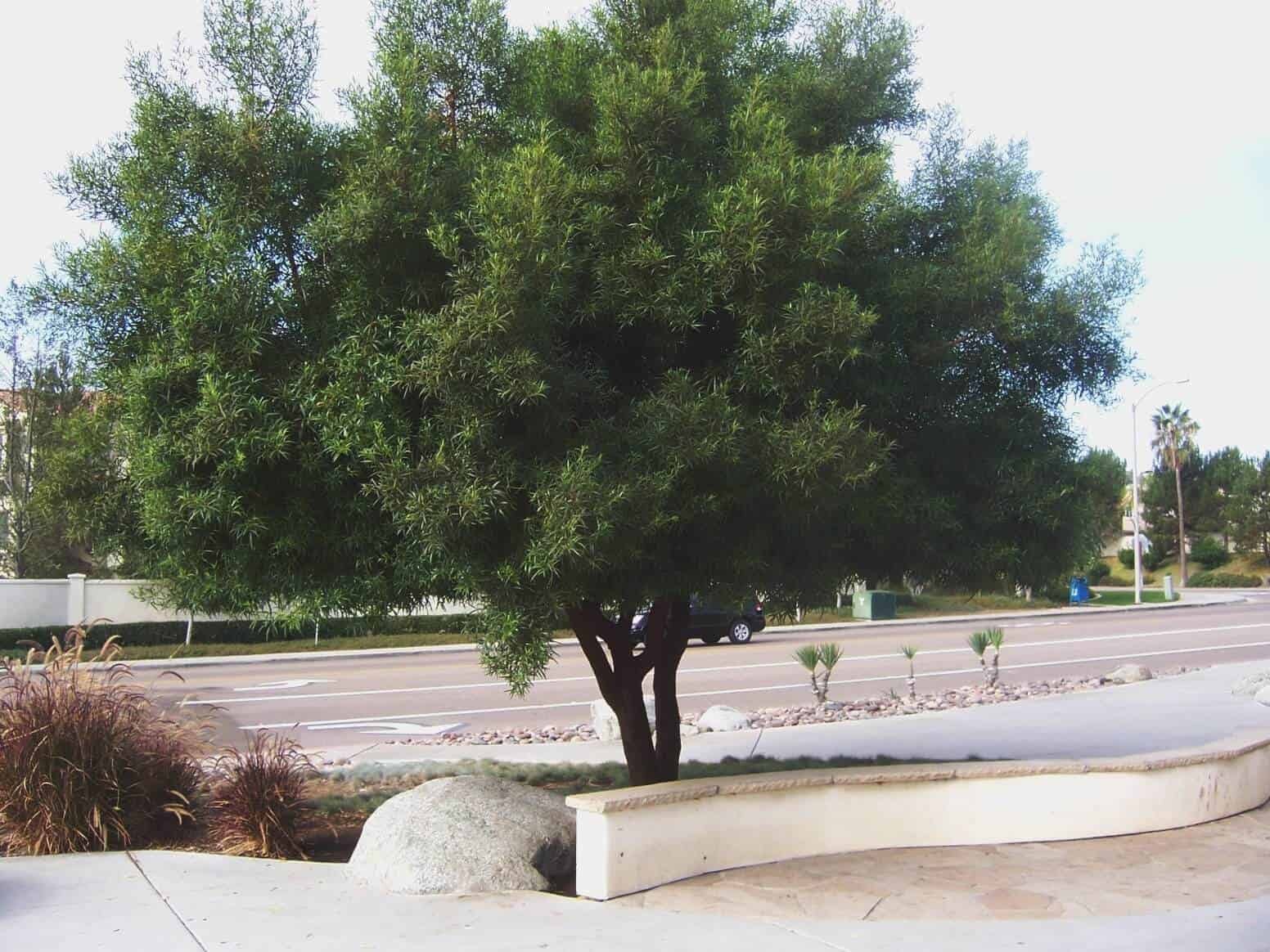african sumac tree roots
While the roots are relatively shallow and may only reach about 10 inches underground many sumac species tend to spread rapidly. The drought-tolerant African sumac tree grows best in hot full sun.

Xtremehorticulture Of The Desert African Sumac Too Close To A Wall
The tree is a drought-tolerant native of Africa and is susceptible to root rot when it gets too much water.

. Clusters of yellow-green flowers are profuse but insignificant. An African sumac tree root system itself is not invasive but the root system it has allows it to become an invasive species when left unchallenged. In addition African sumacs tend to lose leaves throughout the year without any reason.
African sumac trees are susceptible to Texas root rot also known as cotton root rot or phymatotrichopsis root rot. The tree will grow a larger canopy when given the best care. African Sumac Willow Rhus KareeRhus lancea.
African Sumac -Invasive Plant. Sitting in my backyard and writing last week I was seduced by a pretty tree waving at me. Prune to establish and maintain an upright and arborescent crown architecture.
It is susceptible to Texas root rot. Carried only on female trees. An African Sumac tree is perfect for hot dry climates and for anyone that is looking for an attractive shade tree with a long lifespan.
Its rounded canopy makes it a favorite as an ornamental shade tree but it. Fill the hole until the soil line is just at the base of the plant where the roots begin to flare out from the main stem. African sumac Rhus lancea is a small to medium-size semi-weeping tree.
Fertilize with a slow-release fertilizer once per year in the spring just before new growth begins. Their roots will reach out several feet beneath them so plant them where they will have plenty of room. Besides producing abundant seeds it also spreads by suckers and competes with native plants for water.
The fungus Phymatotrichopsis omnivora which is found in the soil is the cause. A widely promoted low water use landscape tree that threatens riparian areas by diverting channel flow thus enhancing the potential for streambank erosion and it can displace mesquites. African Sumac is adapted to normal winter rainfall and low amounts of summer irrigation.
Dense rounded to spreading habit with slightly weeping appearance. The tree produces complicated branch patterns and must be pruned frequently. Return the soil to the planting area packing it firmly around the root ball.
If your soil has poor drainage amend. See full answer below. African sumac trees grow well in arid climates.
Tim Steller Arizona Daily Star. Mulching using a disc or drum mulcher is a quick and effective method for taking on sumac. Keep an eye out for root rot and verticillium.
The fungus Phymatotrichopsis omnivora which is found in the soil is the cause of this condition. A Rhus lancea African Sumac can be trained to a single trunk or allowed to grow into a multi-trunk tree with a look that resembles an olive tree. It may require regularly scheduled light top-trimming but not necessarily shearing.
It is tough and reliable in dry conditions though it looks best with regular deep watering. Clusters of pea-like fruit ripen to tan or red-brown. African sumacs are not for those who want to keep a well manicured lawn.
Eradicating sumac through mechanical means requires chopping or mulching trees down as close to ground level as possible removing saplings by hand and mowing any root sprouts that break the surface. Unlike most sumac trees native to the US the African sumac has dense evergreen foliage. Plant African sumac in a soil with good drainage.
Sometimes reaching 30 feet in height the African sumac provides ample shade for plants that thrive at its base. It is effective as a screen or windbreak and as an evergreen specimen. Here are some other varieties of sumac trees and shrubs.
African Sumac is a dense shade tree rather graceful with its arching branches and weeping foliage. African sumac tree only grows in USDA zones 9 through 11. Sumac aggressively reproduces through seeds and grows in dense thickets cutting off other plants access to vital nutrients.
The Arizona Native Plant Society lists African sumac as an invasive weed. African sumac trees are susceptible to Texas root rot also known as cotton root rot or phymatotrichopsis root rot. Does African sumac have invasive roots.
A fully grown African sumac tree requires approximately 30 gallons of water during each watering session. Their Grow Native brochure states Rhus lancea is a widely promoted low water-use landscape tree that besides producing abundant seeds also spreads. This growth feature makes the tree excellent as a shade tree or windbreak.
So much for working from home. Water the plant well then add a 2 5cm layer of mulch such as shredded bark around the planting area. Pruning may take place at any time of year.
Leathery medium to bright green leaves divided into 3 narrow willow-like leaflets. Sumac trees will tolerate nearly any soil type thriving in pH levels of 45 to 75. Cut through the sumac trunk as near to ground level as possible using loppers for sprouts or small trees with a diameter under 1 12.
Drought tolerant once established. The tree drops its leaves when it is water stressed has a fungal disease like root rot or from being over fertilized. Sumacs can be planted at any time of year but if planting in the summer you will need to water regularly to protect against transplant shock.

Cons Of African Sumac Trees Youtube
African Sumac English 130 Group 1
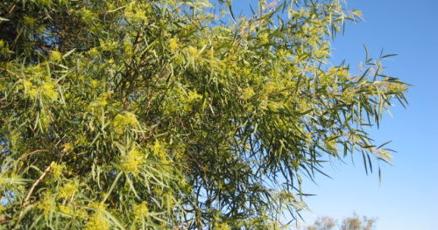
Gv Gardeners African Sumac Trees Now Abuzz Get Out Gvnews Com
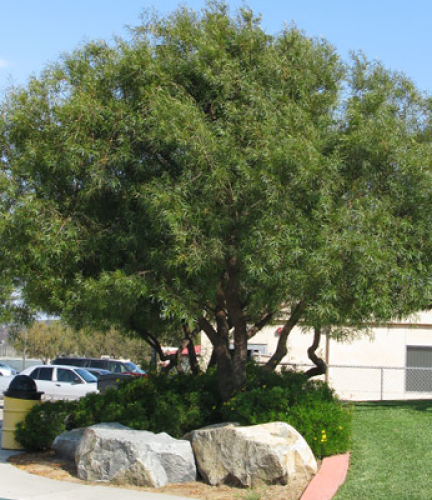
African Sumac Drought Tolerant Trees San Diego
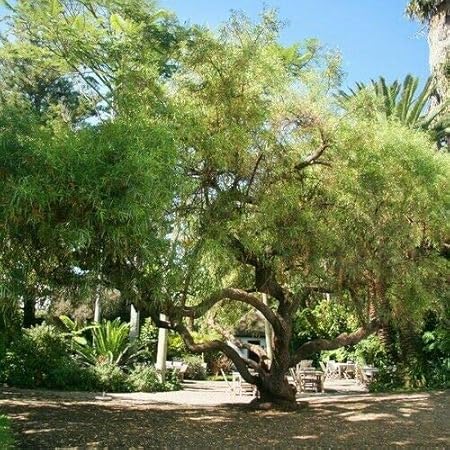
Amazon Com African Sumac Tree Seeds Rhus Lancea Jocad 40 Seeds Patio Lawn Garden

African Sumac Rhus Lancea My Garden Life
Tree Of The Week Use The African Sumac For Shade Or Perhaps To Make Beer
